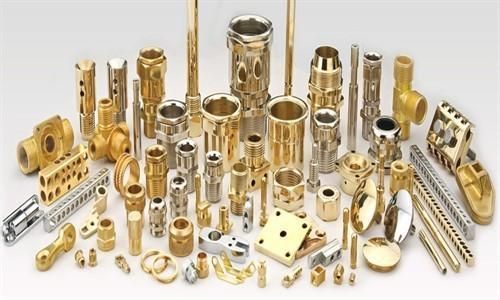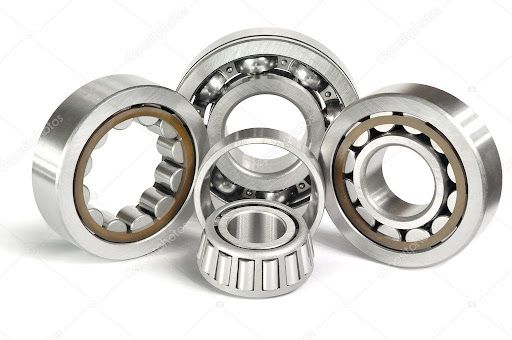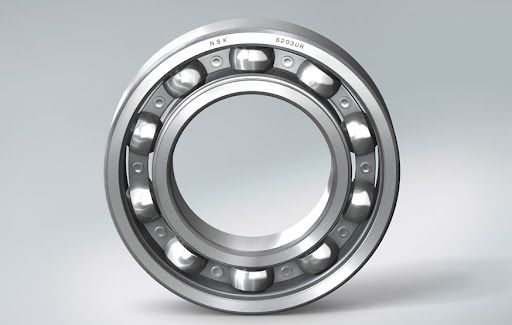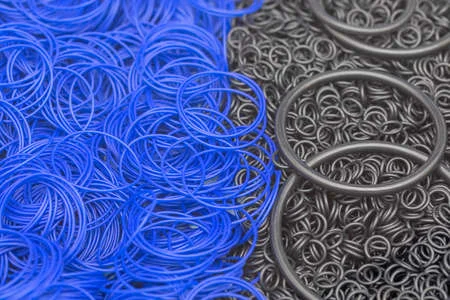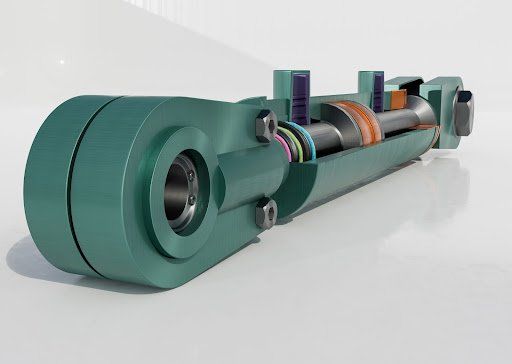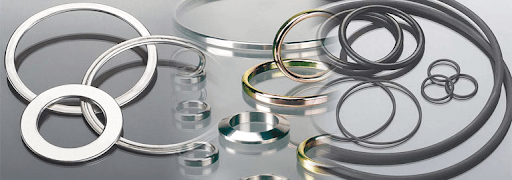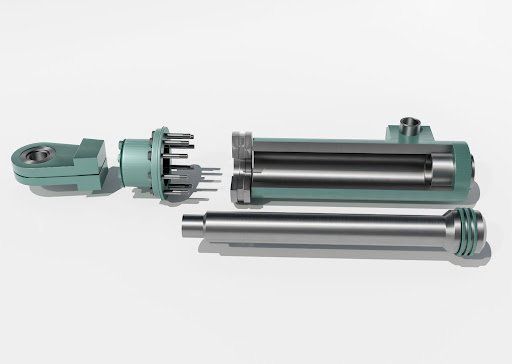Selecting The Correct Mechanical Seals
As mentioned in a previous post about preventing mechanical seal failure, one of the most critical errors that most people make is selecting the incorrect seal for an application. Mechanical seals are designed to last for many years without issue, if the correct seal, made from the correct type of materials, has been selected and properly installed. Seals fall into many different categories, so the first thing you need to investigate and understand is your normal operating conditions, including the liquid being handled, the various temperatures and pressures, and the possible environmental impact.
Liquid Compatibility
The first step in the seal selection process is to identify the exact type of liquid that is going to be handled as well as its viscosity. The material of the seal and any metal parts must be corrosion resistant and chemically compatible with the liquid that is being processed. This also applies to the mating faces, to ensure they don’t begin to wear. A liquid with a high viscosity could become abrasive and cause excessive wear, shortening the life of the seal. To overcome this issue, using double- or dual-seals, or flushing from an external source is recommended.
Temperature & Pressure
In relation to the above point, the temperature of the liquid needs to be considered to make sure that the seal material is rated correctly. Seal materials have different temperature limits so to avoid potential failure, the temperature of the liquid should not exceed the temperature limit of the seal. The amount of pressure in the seal chamber, as well as the relative size of the seal, determines the type of seal, whether balanced or unbalanced, that must be selected.
Zero Emissions
Today, environmental safety and the regulation for zero emissions is becoming a standard procedure in many industries. Manufacturers of mechanical seals are working hard to create seals that are safer, more reliable and easier-to-use, but with the toxic and hazardous liquids being handled, many companies are relying on double- or dual-seals to prevent any process leakage. Depending on your ethical standards and operating regulations, this type of seal arrangement must be considered when making your selection.
Once you have a proper grasp of the operating conditions, you can then consider the type of material, which comes with its own list of characteristics and limitations. With so much at stake, it’s always recommended that you consult with your trusted local supplier before making your final selection. Give Bearing Centre a call today if you have any concerns.

